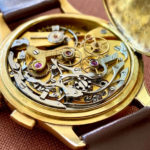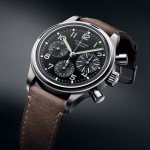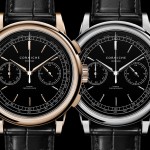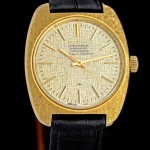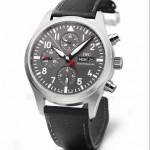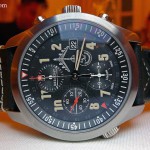In-Depth: A History of the Pulsations Chronograph
Watches with a noble purpose.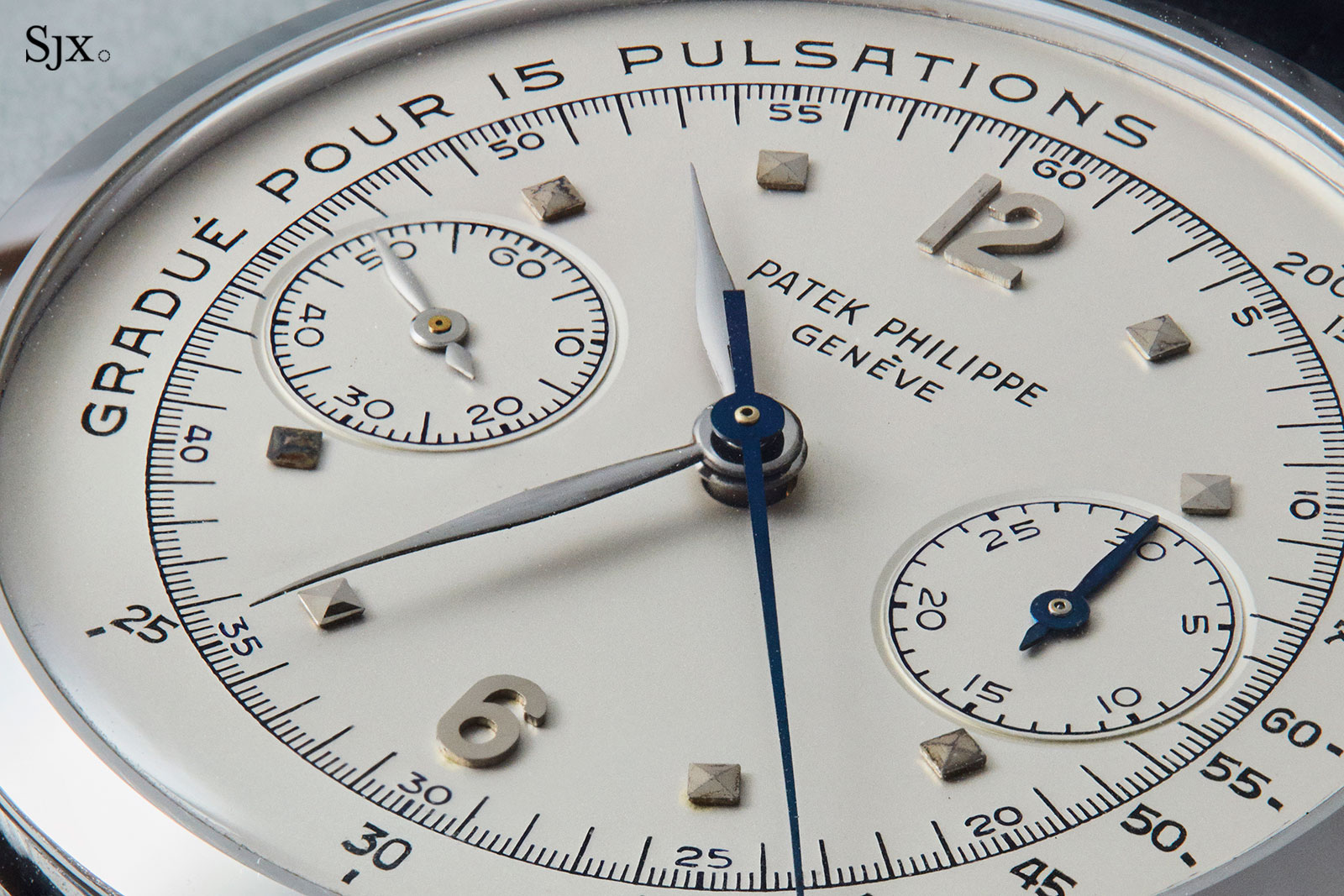
In 1816, Louis Moinet accomplished a first in watchmaking: a timepiece that could precisely track elapsed time. Measuring periodicity on demand had been accomplished before, but the French watchmaker’s invention gave it the functionality and exactness that we expect today.
In assessing prototypes, we often tend to forgive their shortcomings and rosily reminisce, rewriting flaws as charms. Moinet’s timepiece, however, was a prescient opus. The layout of the dial had the now-familiar large central hand and elapsed time in subdials. Two pushers controlled the start, stop and reset functions, the power reserve lasted over 30 hours, and the mainspring could be wound while the timing mechanism was engaged to allow for longer timing runs. Most impressive, though, was its precision.
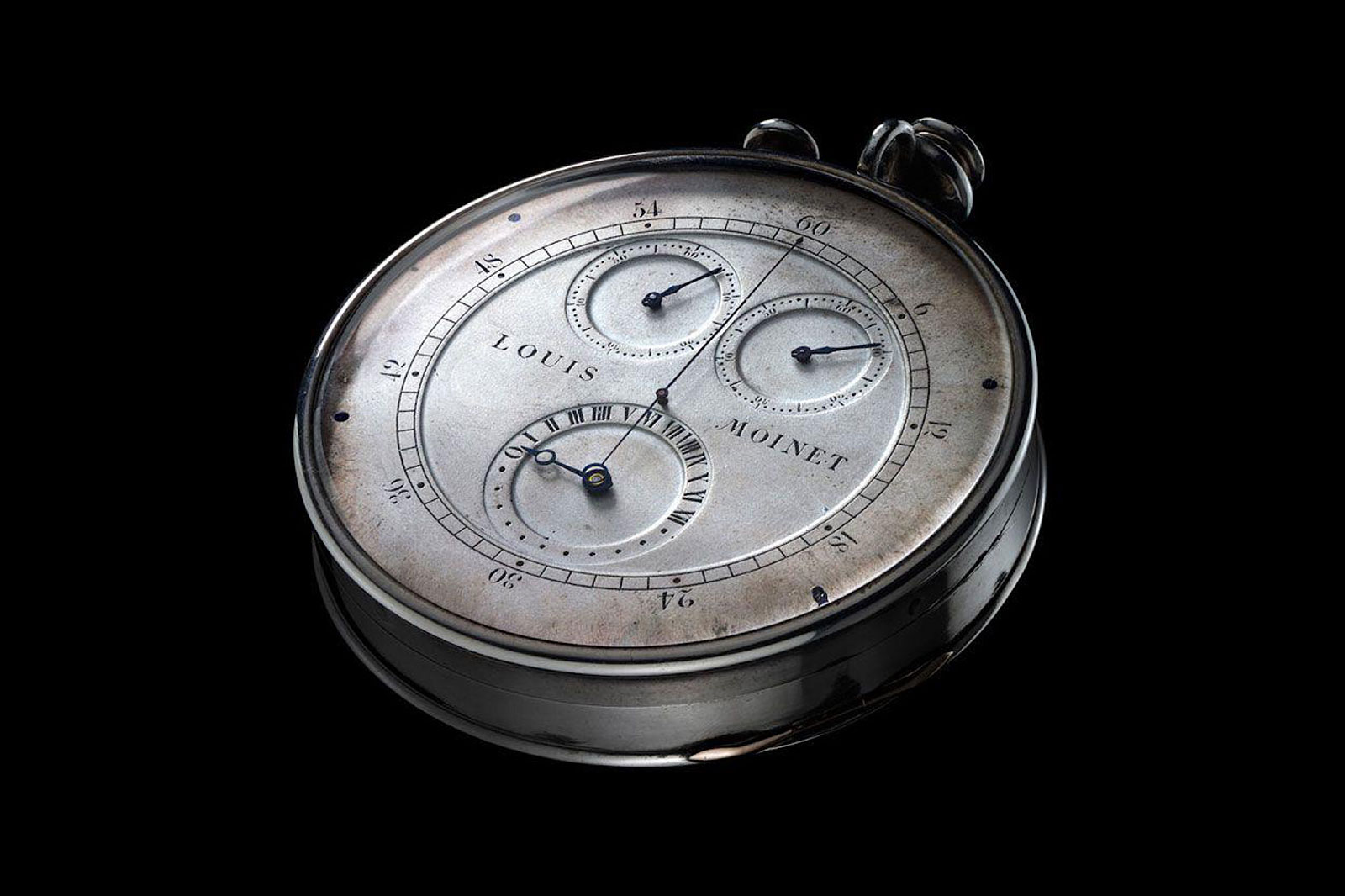
Louis Moinet’s compteur de tierces of 1816. Image – Louis Moinet
Named the compteur de tierces, or “timer of thirds”, Moinet’s invention ran at 216,000 beats per hour, measuring time down to one-sixtieth of a second. To allow for this ambitious exactitude to be utilised, the central chronograph hand completed revolutions once per second – such that the user could easily see which sixtieth of a second the period in question ended on — and the watch had an extra sub-dial for tracking elapsed seconds in addition to those for the minutes and hours.
Whys and wherefores
An impressive story, except that it’s missing something. Why did Moinet build it? And what did he use it to measure? As horology has transformed from purpose-oriented to luxury, our attention has shifted with it, moving away from understanding the raison d’etre of a complication toward glorifying its showmanship or emotive power. What a complication enumerates, or how we came to quantify and use those measures of time, have become just entrées into the world of anglage, the Moon landing, and Cerachrome.
But not for Louis Moinet. He built the task-oriented compteur de tierces to aid his other passion: astronomy. Through the exactitude of his stopwatch, he measured the passage of celestial bodies with precision that was as yet unheard of. And over the next 150 years, tracking elapsed time with a chronograph would become even more purpose driven.
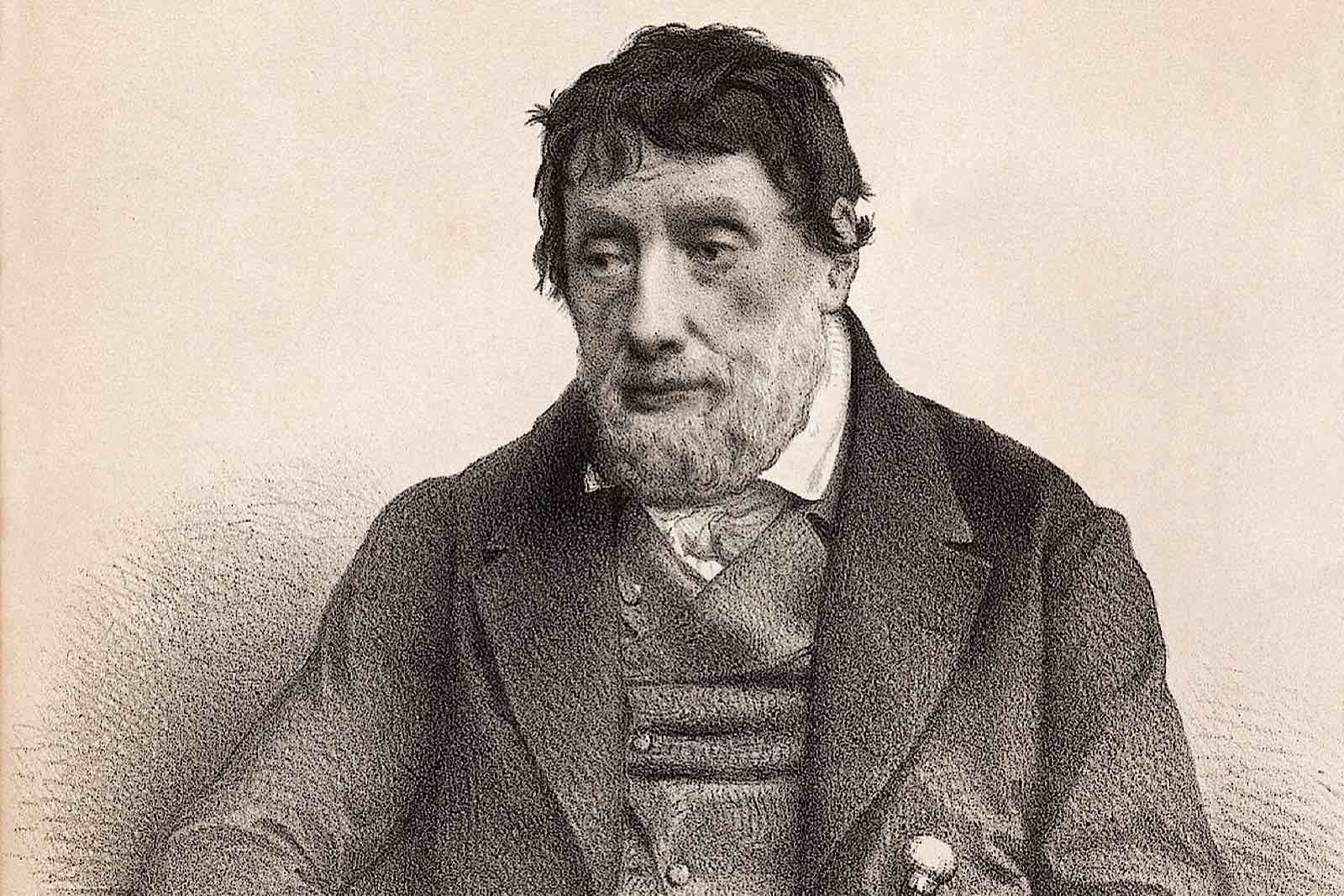
Louis Moinet. Image – Dictionnaire des horlogers français
Not only were stopwatch functions used in any number of undertakings, but specific scales were constructed to aide professions in their common measurements, often installed on the bezel or periphery of the dial. Scientists utilised decimeters to easily divide a minute in 100 segments; racers, tachymeters to measure lap times; and soldiers, telemeters for artillery laying.
After reading Moinet’s story, I realised that my own attention had been misplaced. I had focused on the beauty of chronographs and their illustrious history, neglecting the why and the how of the scale built for my profession: the pulsometer. The more I read of its history, the more I came to appreciate how intertwined medicine and timekeeping have been – and continue to be.
An ancient study
The history of measuring heartrates dates back to the earliest days of recorded antiquity and there are both oriental and occidental origin stories. Some credit the mythical Chinese Yellow Emperor, or Huangdi, (ca. 2500 BCE) as the founder of sphygmology, the study of the pulse. Others cite the descriptions made by the Greek physician and scientist Herophilos (ca. 335-280 BCE).
The sphygmology of Huangdi, and the early Chinese practice that followed, was a chiefly mystical association of the pulse with prognosis. While not founded on clinical observation, it was nonetheless relied on to determine specifics such as the sex of an unborn child or the day one would die, even if that day was 35 years hence.
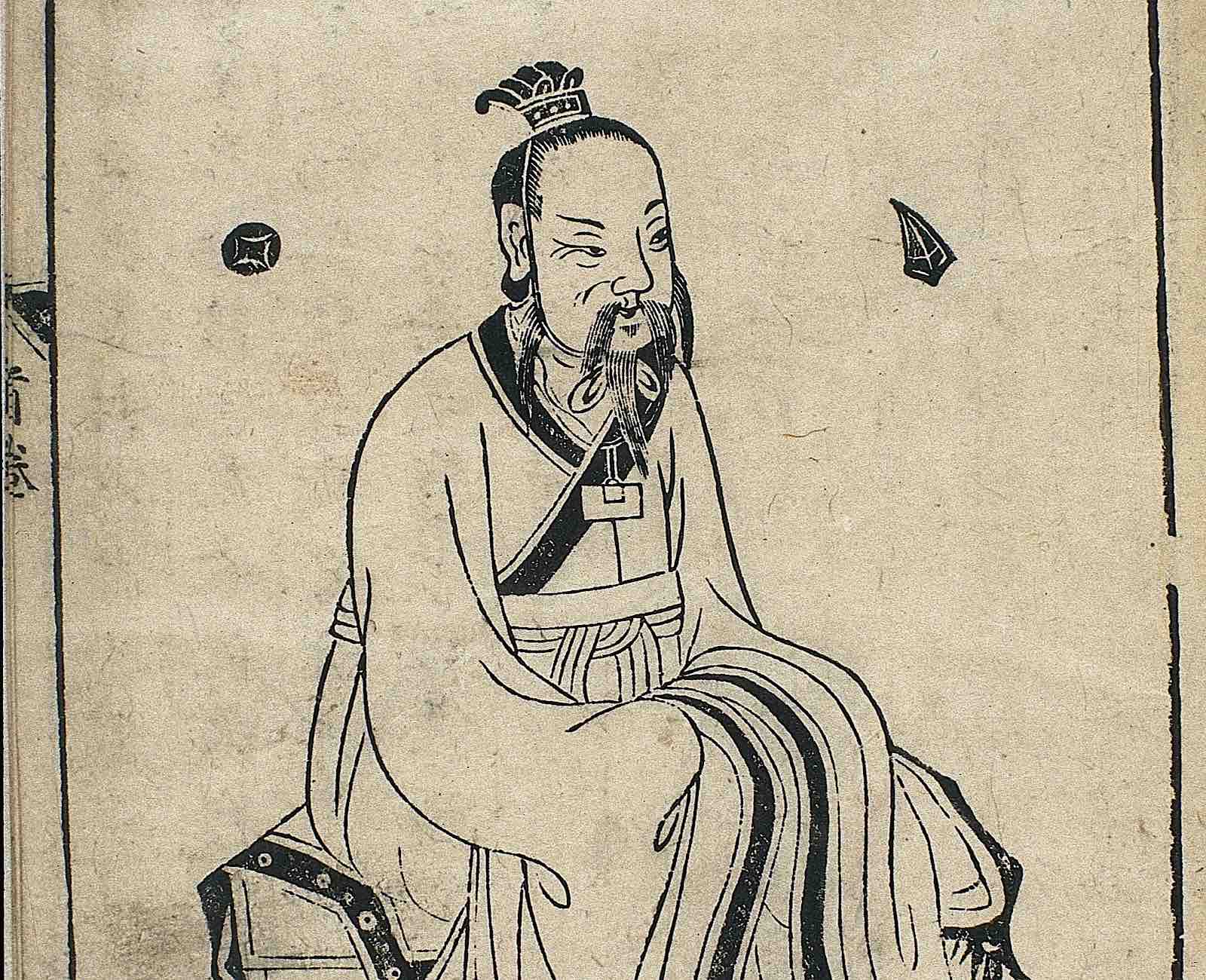
Depiction of the Yellow Emperor by Gao Bozong. Image – Wellcome Images
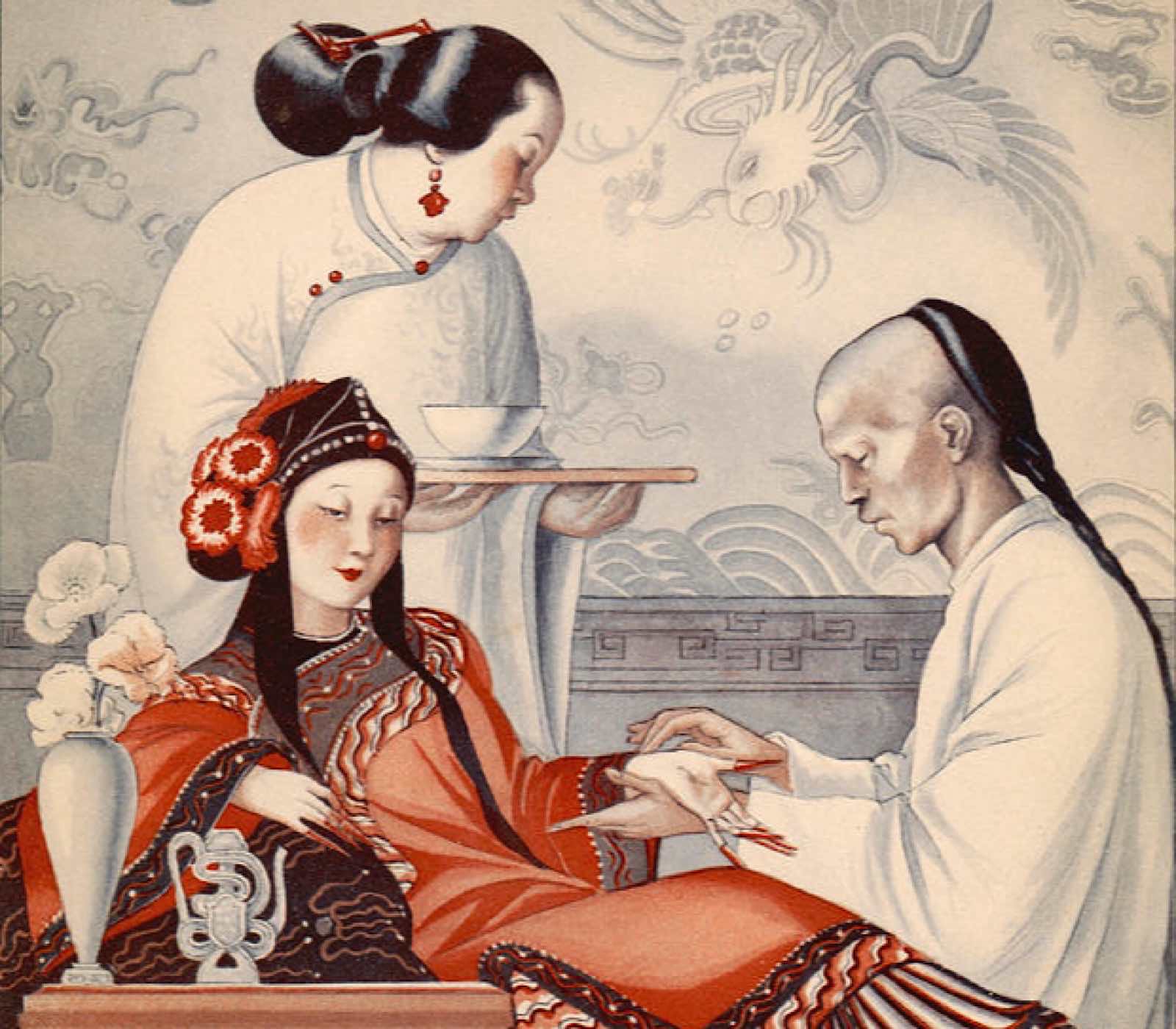
A Chinese doctor feels the pulse of an aristocratic patient, c. 1915. Image – Mary Evans Picture Library
Herophilos, who is known only through Galen’s (131-200 CE) prolific writings, was the first to characterise rhythmic arterial pulsations by their size, frequency, force, and rhythm. He also was the first physician known to measure the heartrate against an external standard, the clepsydra, or water clock.
Known since at least 1417 BCE, water clocks used the flow of water in or out of a vessel that was marked to apportion periods of time. Several others, including Archigenes (fl. first century CE) and Rufus of Ephesus (fl. second century CE), furthered described the haptic variations of the pulse before Galen — the Breguet of ancient physicians — authored 18 books on the pulse that dominated medical thought for the next 1,500 years.

Herophilos (right) teaching anatomy. Image – Scientific Medicine by Veloso Salgado, 1906
Galen’s writings included systematised measurements of the pulse as he attempted to form a taxonomy of diagnoses around its characteristics. Despite the early clocks invented by the Greeks, his descriptions remained largely comparative. This lack of measurement standards would keep sphygmology stagnant until the age of Kepler and Galileo.
Kepler’s (1571-1630 CE) contribution to this history is small but important: he was the first to formulate heart-rate tables using an external timekeeper, finding that a “normal” heart rate was 80 beats per minute in women and 70 in men. Notably, despite the millennium and a half between his measurements and those of the Greeks, his external timekeeper remained the water clock.
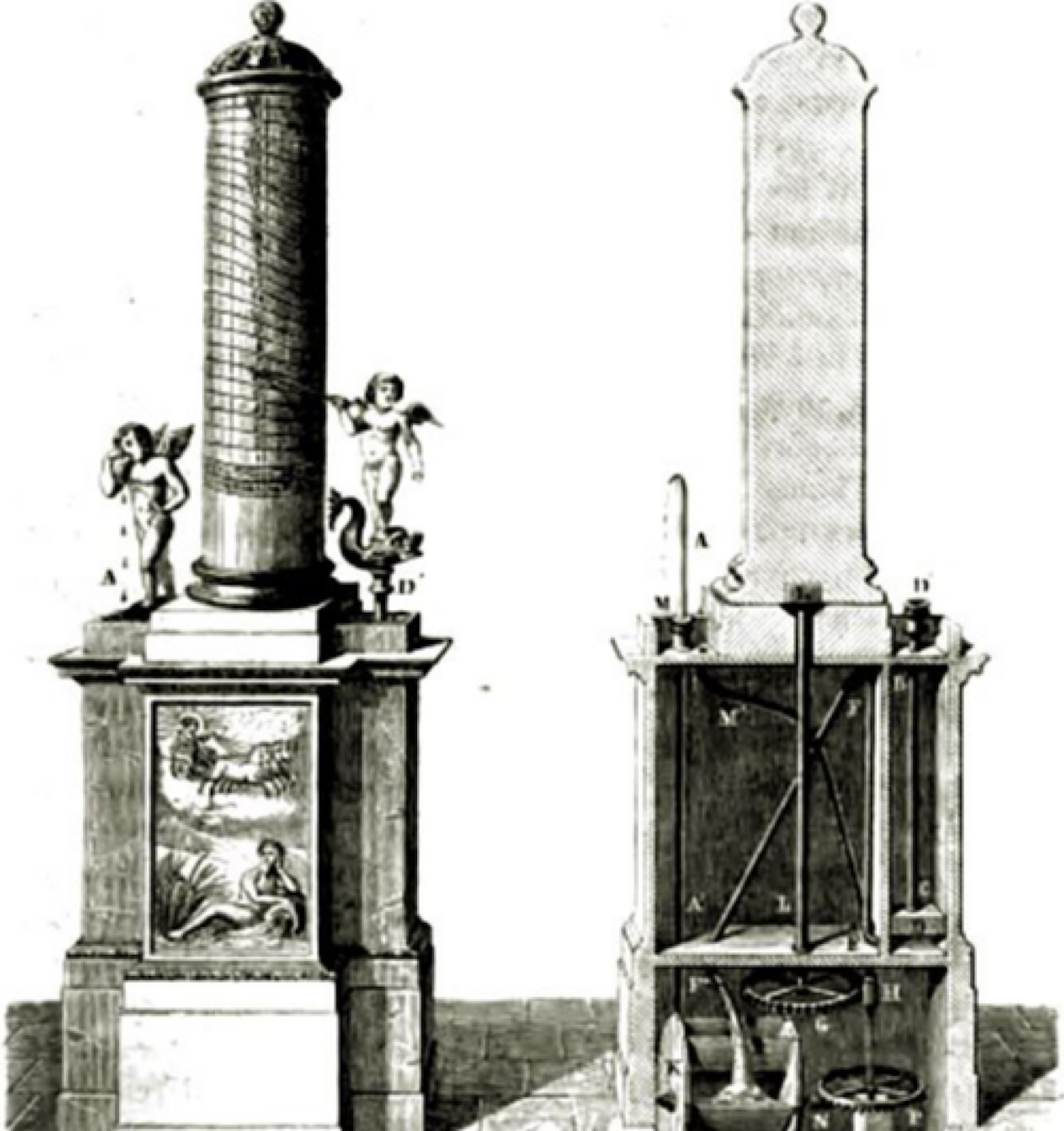
Illustration of Ctesibius’s (285-220 BCE) water clock. Image – Wikipedia
Galileo (1564-1642 CE), however, would put an end to that. Forever intertwining the histories of horology and sphygmology, he created one of the first precision instruments: a timekeeper based on the pulse.
The beginning of the story is a well-known one, though probably apocryphal. As he was sitting in the cathedral at Pisa, Galileo noticed that the swaying of a chandelier appeared to happen at intervals independent of its arc length, or the distance the chandelier swung. Using his pulse to track these periods, he confirmed the observation, which purportedly led him down the path to his major work, Equations for a Falling Body.
The lesser known — and better documented — journey to discovering these equations was his creation of the pulsilogon to time his experiments. This device, the first to accurately divide time into periods much shorter than a minute, was essentially a pendulum where the periodicity was matched to his pulse rate. After setting up the pulse-regulated pendulum, Galileo was able to more reproducibly measure the time over which balls of different weights rolled down inclined planes. A Moinet stopwatch it was not, but it was enough to uncover that gravity imbued the same rate of acceleration on all objects.

Galileo Galilei, 1636 portrait by Justus Sustermans. Image – Wikipedia
As horologic accuracy progressed throughout the 18th and 19th centuries, physicians slowly became more interested in time as a medically-important measure. The first pulsometer was not a chronograph, but it did represent another first in the history of watchmaking: the seconds hand. Its inventor, Sir John Floyer (1649–1734), was an English physician.
Interested in the variations of the pulse during health and sickness, Floyer constructed a portable clock with handcrafted gearing, a seconds hand, and a lever so that he could start and stop the movement to track elapsed seconds. When Floyer invented his clock in 1709, accuracy was such that no clockmaker divided clock displays into periods of less than a minute. With his invention, Floyer was able to record and track his patients’ pulse and respiration in various states, attempting to correlate their relative changes with changes in the patients’ health. While undoubtedly important, his invention went relatively unheralded – possibly due to the fact that it ran at a rather irregular +/-5 seconds per minute.
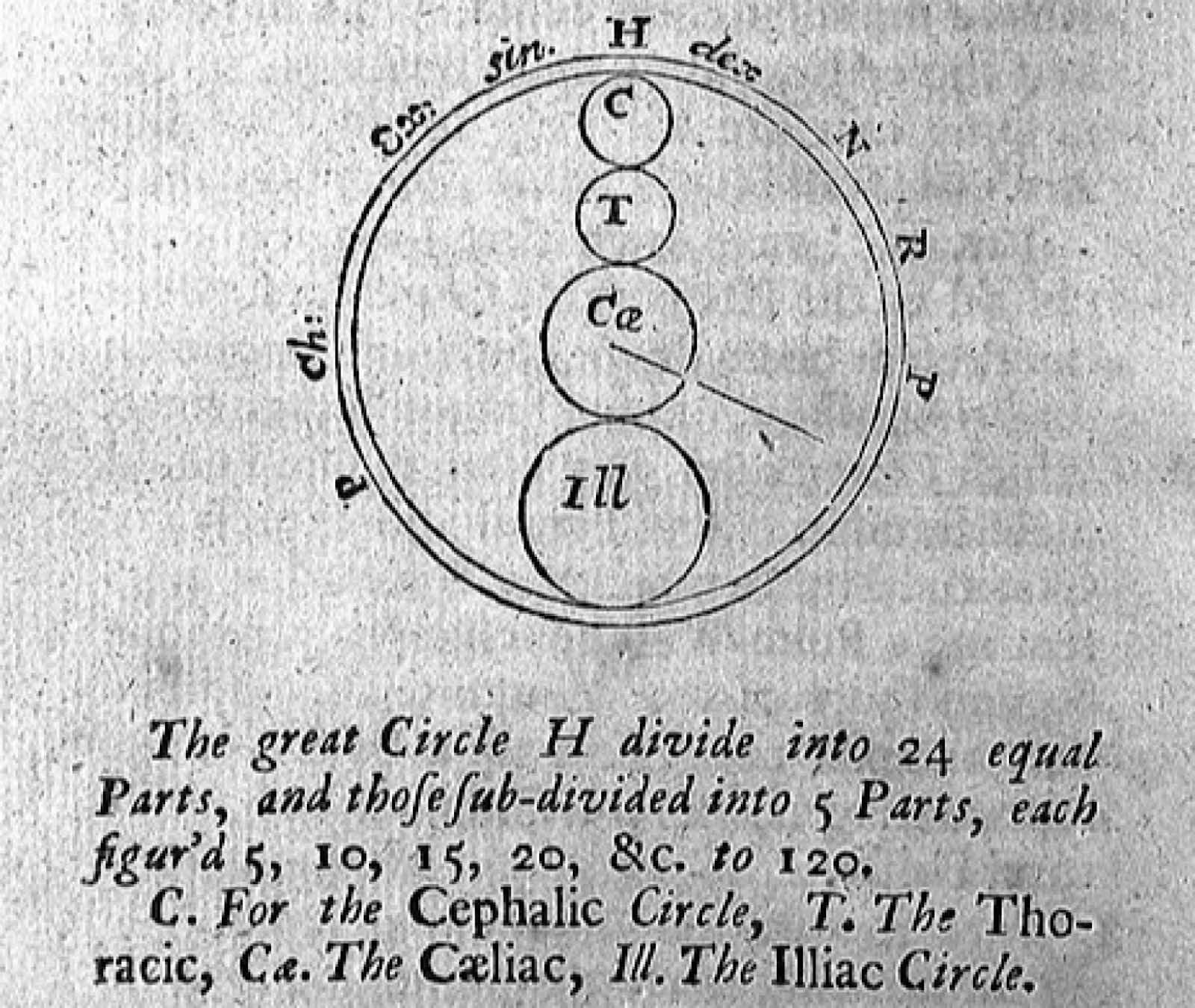
Floyer’s original design of his pulse watch. Image – The physician’s pulse watch by Sir John Floyer
Floyer’s innovative work was not taken up again until almost a century later when William Falconer (1744–1824 CE) recorded and published intricate tables on pulse rates. At this point in medicine, determining illness was only based on history-taking and a physical examination and important devices such as the as thermometer were not used in clinical practice. Falconer attempted to use his tables to aide in this determination by adjusting his patients’ baseline heartrates to a standard of 75, such that a rise over the adjusted rate could be used to assess when they became ill.
Despite his renewed interest, the spread of pulsometry throughout clinical medicine took another 50 years. Stokes and Graves (not related to Henry Jr.) were the chief proponents that lead to this expansion. Although both are giants in the history of medicine, their enthusiasm for the spreading the doctrine of the heart rate was such that both have been incorrectly credited as the inventor of the seconds hand – Graves’s Wikipedia page still labels him as such.
As the clinical use of the pulsometer grew, other instruments were created to precisely evaluate cardiovascular system changes over short periods. The most important of these were the kymograph, a kind of seismograph for the pulse that showed how the heartrate varies as you inhale or exhale, and the galvanometer, a precursor to the modern electrocardiogram that was first used in the 1890s. These advancements, and the clear associations made between the heartrate and disease, demonstrated the importance of the pulse to the medical profession and made the doctor’s watch as essential as the stethoscope.
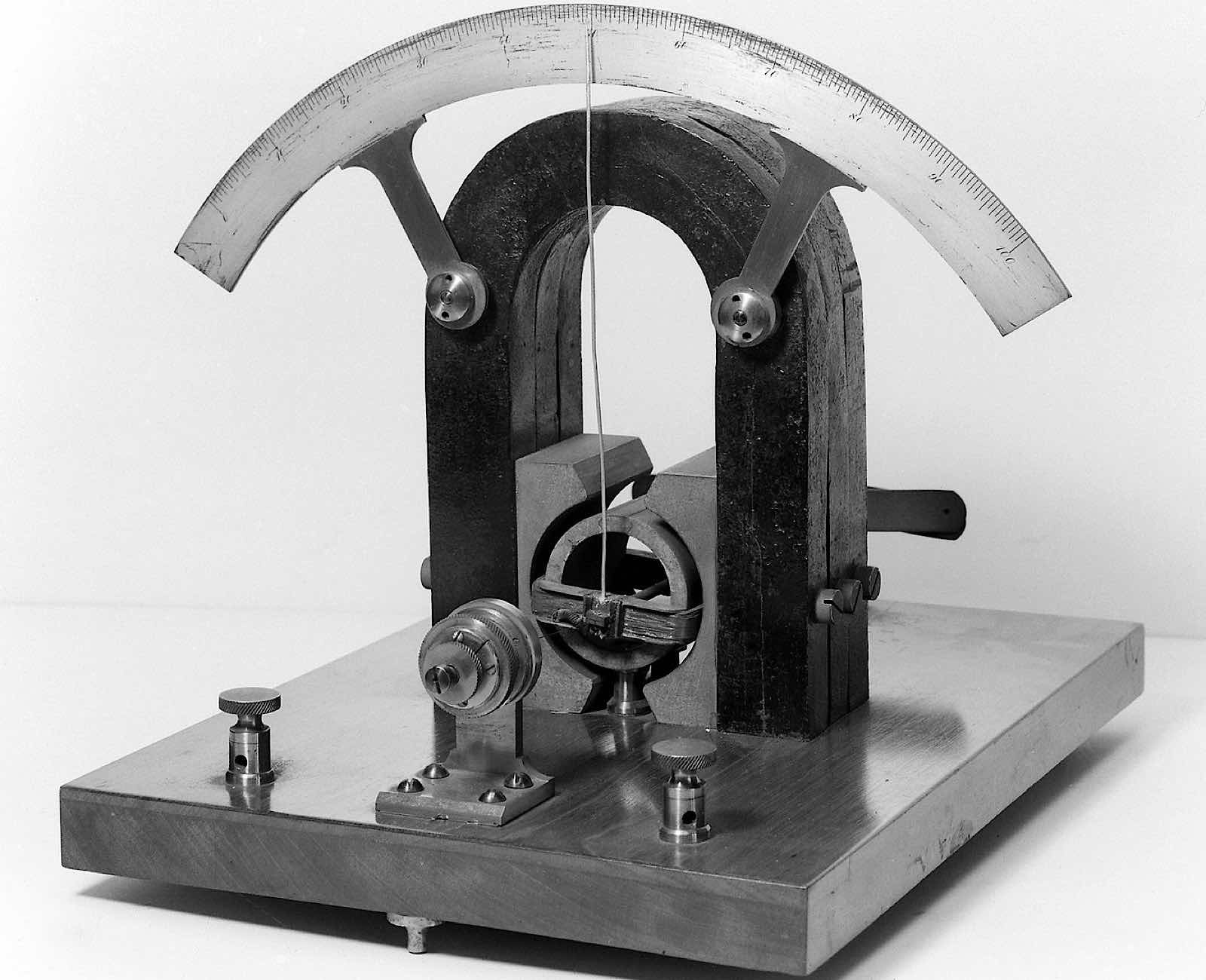
A D’Arsonval galvanometer. Image – Wellcome Collection
The doctor’s watch(es)
In today’s chronograph-obsessed collecting community, you could be forgiven for thinking that a pulsations chronograph was synonymous with a doctor’s watch. But for a long time after heart-rate measurement became part of the standard medical exam, physicians and nurses used a wide variety of timekeepers to measure our health.
The most popular of early 20th century doctor’s watches were neither chronographs nor initially marketed to the medical community: the Rolex Prince and Gruen Techni-Quadron. The story of these watches is similar to many others in the pre-in-house era of Swiss manufacturing, with both relying on movements produced by Aegler in Bienne.
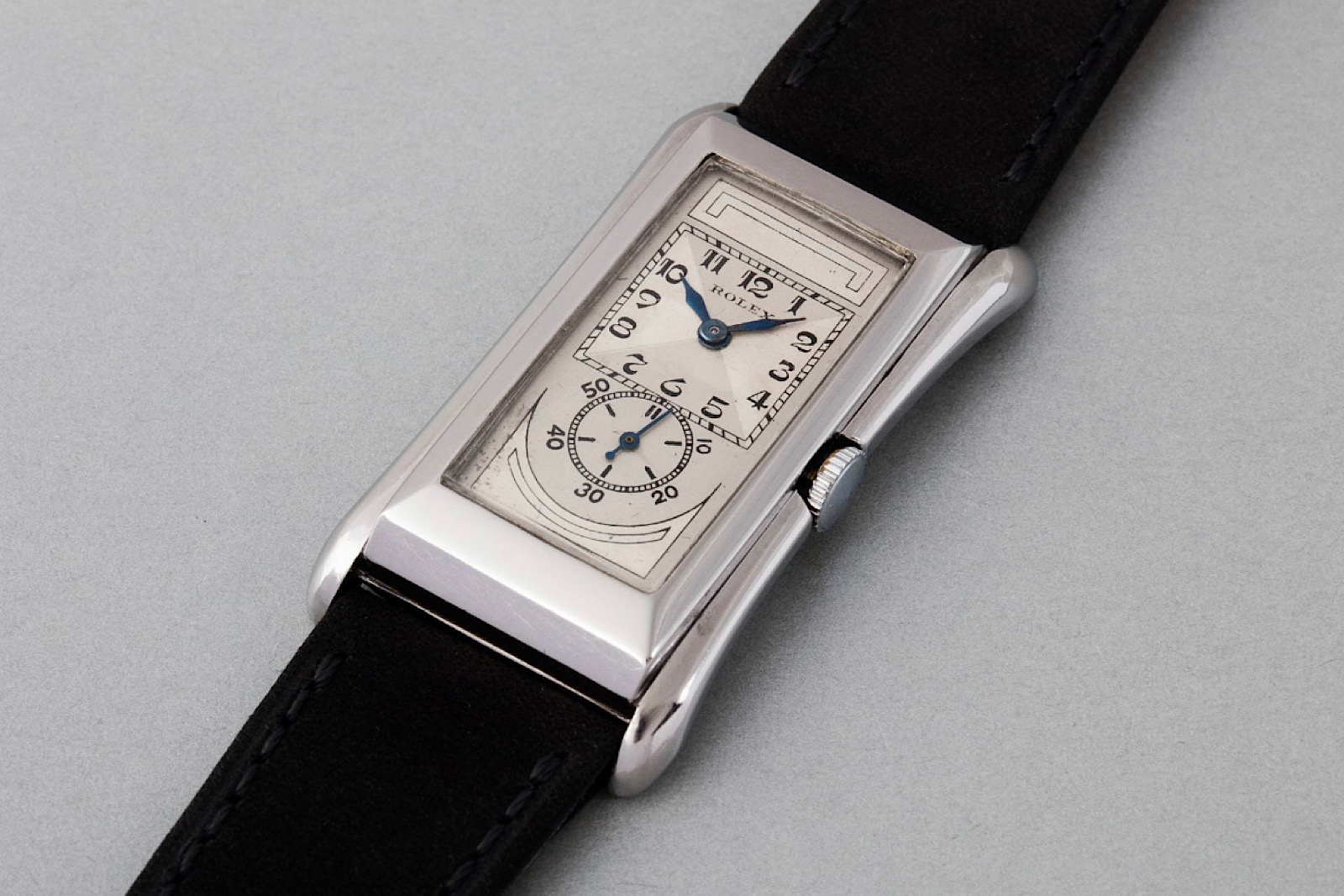
Rolex Prince ref. 1690UF, c. 1935. Image – Phillips
Aegler was an independent movement maker – eventually becoming the exclusive supplier of movements to Rolex – and in the mid-1920s it created one of the first serially produced form movements, the cal. 877. Rectangular watches were in vogue at the time, but their accuracy, precision, and power reserve were limited as they were often fitted with small, round movements. The rectilinear 877, on the other hand, utilised the bulk of the volume within the case to include an oversized balance wheel and larger winding barrel, providing superior performance compared to a round movement in a similar case.
Rolex and Gruen, who both owned shares in Aegler at the time, made use of this innovation to produce dials with an oversized and separated seconds subdial and marketed the watch for its “precision, elegance, and utility.” Through a non-compete agreement arranged by Aegler to maximise sales of the 877, Gruen sold the Techni-Quadron in the United States and Rolex the Prince in Europe and British Empire. While not overtly stated as a doctor’s watch in early advertisements, the enlarged seconds sub-dial became instantly popular with medical professionals, who tracked the running seconds against any number of vital signs.
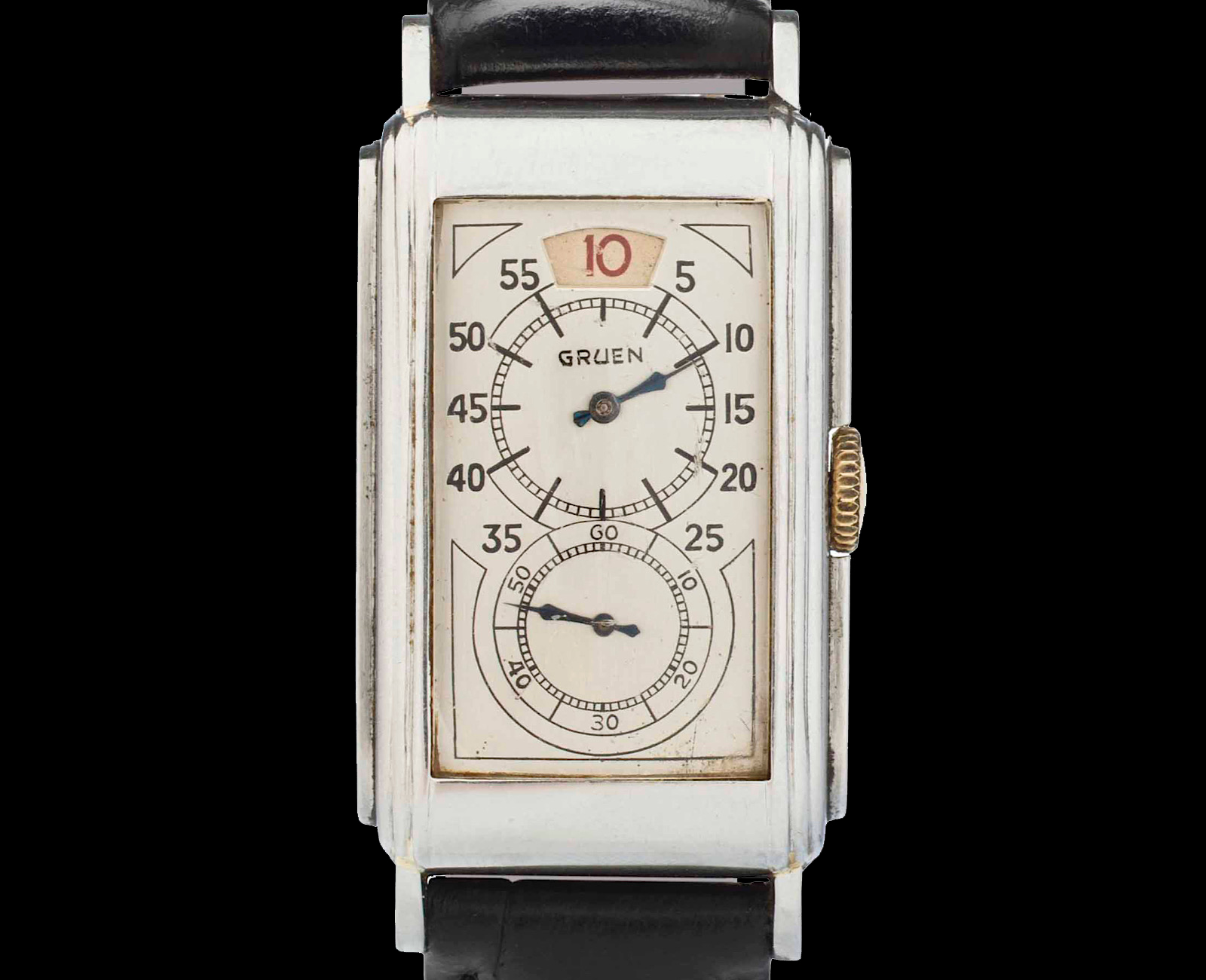
Gruen Techni-Quadron Jump Hour, c. 1935. Image – Christie’s
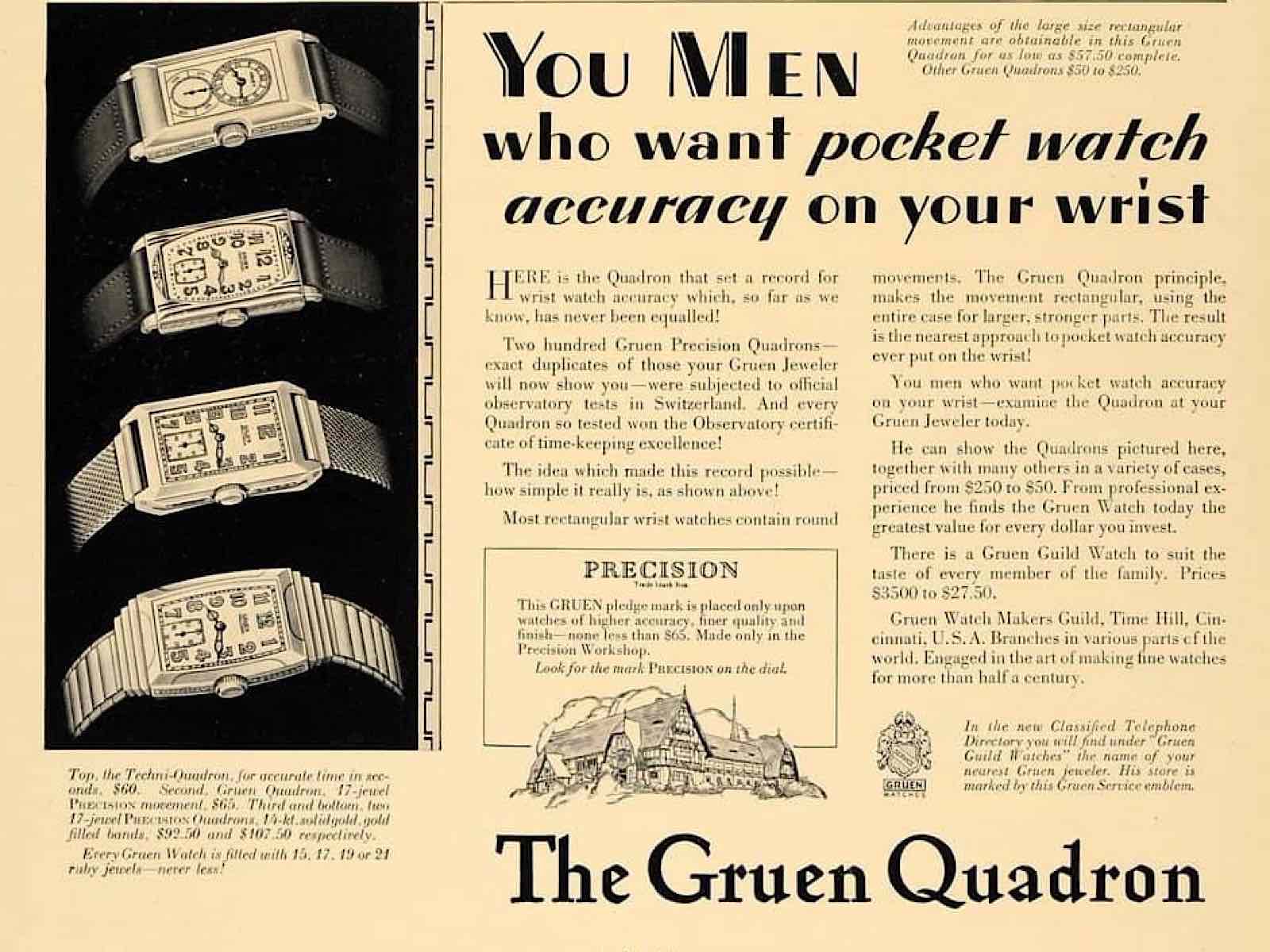
A period advertisement for the Gruen Quadron
Within a few years of its release, Gruen recognised its customer base and created the Techni-Quadron with an optional, specialised folding buckle for physicians and nurses. Opening the buckle expanded the effective size of the strap, allowing the clinician to slide the watch up to his or her elbow during examinations and monitor the seconds while maintaining use of both hands.
In addition to clarity of design, watches like the Techni-Quadron were less expensive and easier to manufacture than a chronograph, which added to their popularity.
Other watch brands, noting the development of these medical customers, took a slightly different tack to measure vital signs without the expense of a full-fledged chronograph. These included stop-second watches, like the Longines 12.68z, and time-only watches with a double length seconds hand and two sets of pulsations scales on either side of the dial so that a measurement could start every 30 seconds. This latter approach was recently revived by a group of French doctors with the Doplr Pulse-watch, which has an asthmometer (to measure respiratory rate) on the left and a pulsometer on the right.
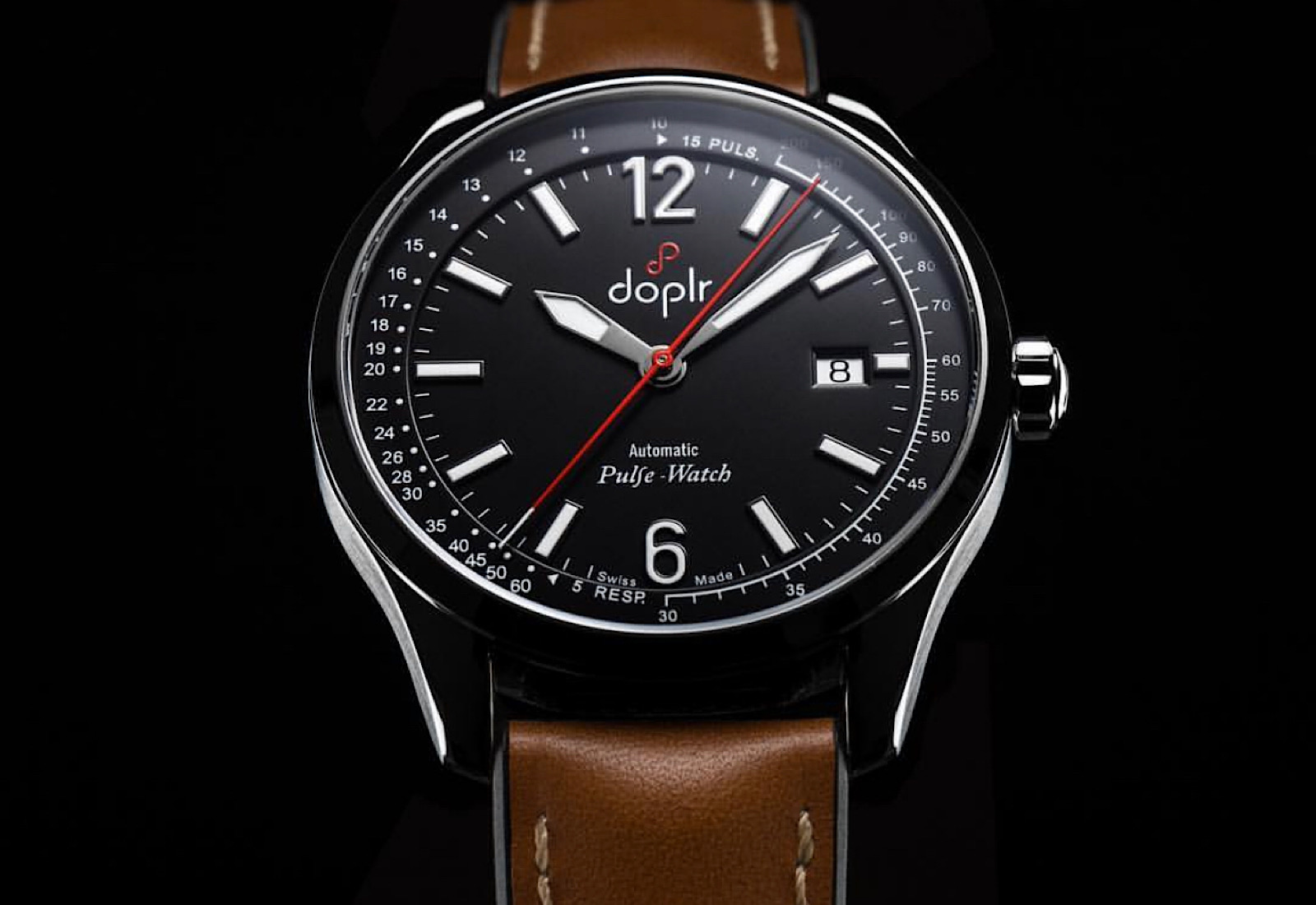
Doplr Pulse-Watch
The Earliest Pulsations Chronograph?
The earliest watch I could find in the public record with a dedicated pulse scale was a Breguet pocket chronograph. Though not definitively the first of its kind, the watch heralds from 1880 and was offered at Sotheby’s in 2014 (and seemingly unsold).
As expected of any Breguet pocket watch, it was superbly constructed, with a beautifully preserved, enamel dial and a 60-minute chronograph with vertically-arranged sub-dials. The interesting part is the scale graduation: while it was labelled a pulsations chronograph in the auction catalogue, there is no such marking on the dial, which instead has a scale graded to base 60, which means that one would have to count 60 pulsations to measure the heart rate.
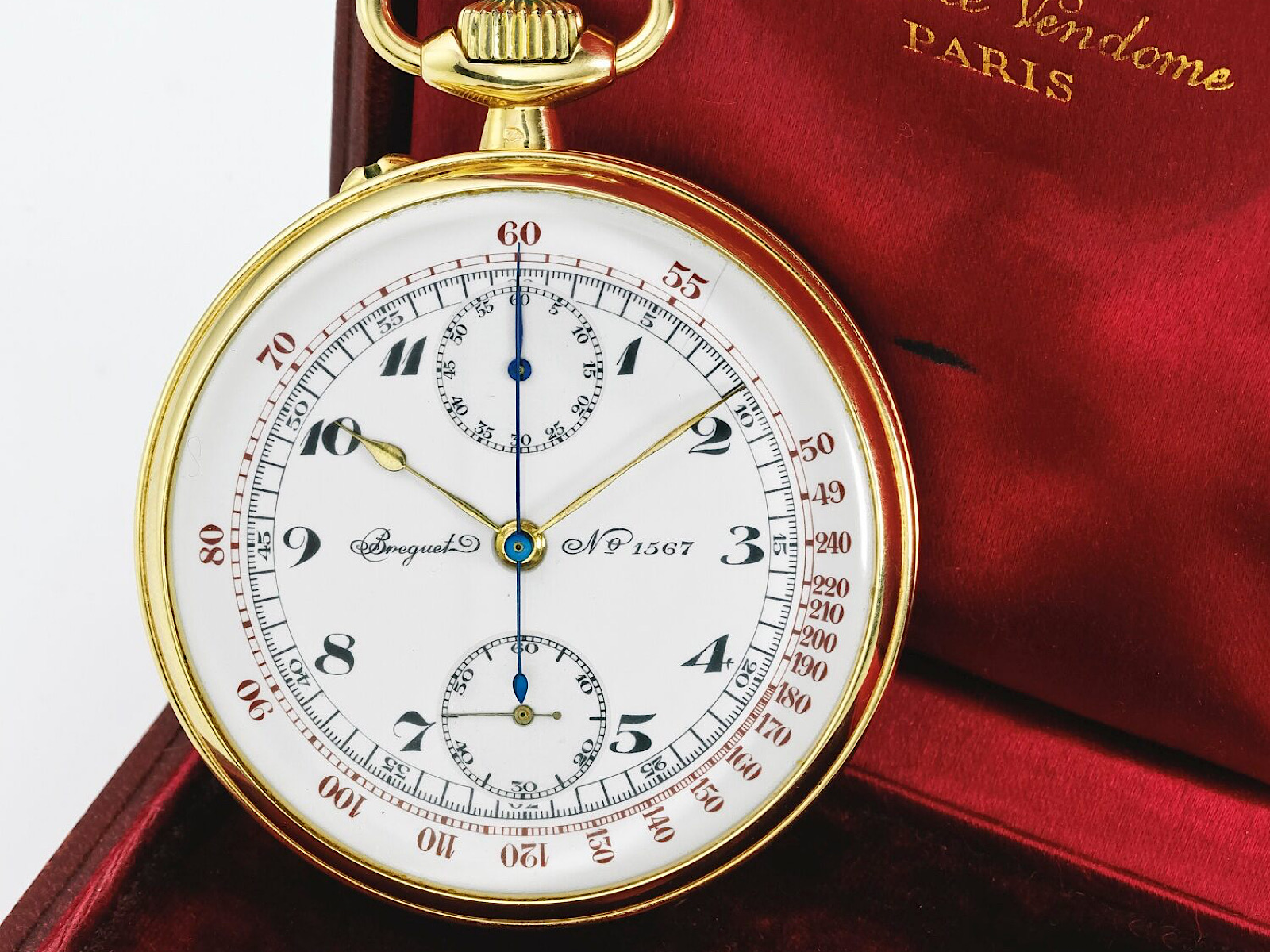
Breguet Pocket Chronograph with pulsometer c. 1880. Image – Sotheby’s
It’s at this point that I realize we haven’t reviewed how a pulsations chronograph works. Simply put, you find someone’s pulse, start the chronograph, count the number of heartbeats mentioned on the scale — “base 15” for 15 beats and “base 30” for 30 beats — and stop the chronograph to find their heart rate.
The scale essentially multiplies the number of beats for you to produce the heart rate without measuring for an entire minute. And the use of the 15- and 30-based scales are useful because they save time, are relatively accurate, and allow the physiologic range of human heart rates (roughly 30-220 beats per minute) to be displayed on the dial.
This makes me wonder if the Breguet was early enough in adopting a pulsations scale that they didn’t scale it properly – or if the scale was actually slow tachymeter for a ship, like that seen on the last of the Heuer Seafarers or Solunagraphs, or a very fast horse. Nonetheless, a number of pocket watches with formal pulsations scales began appearing shortly thereafter in the 1890s, and moved onto the wrist almost as soon as wristwatches became popular.
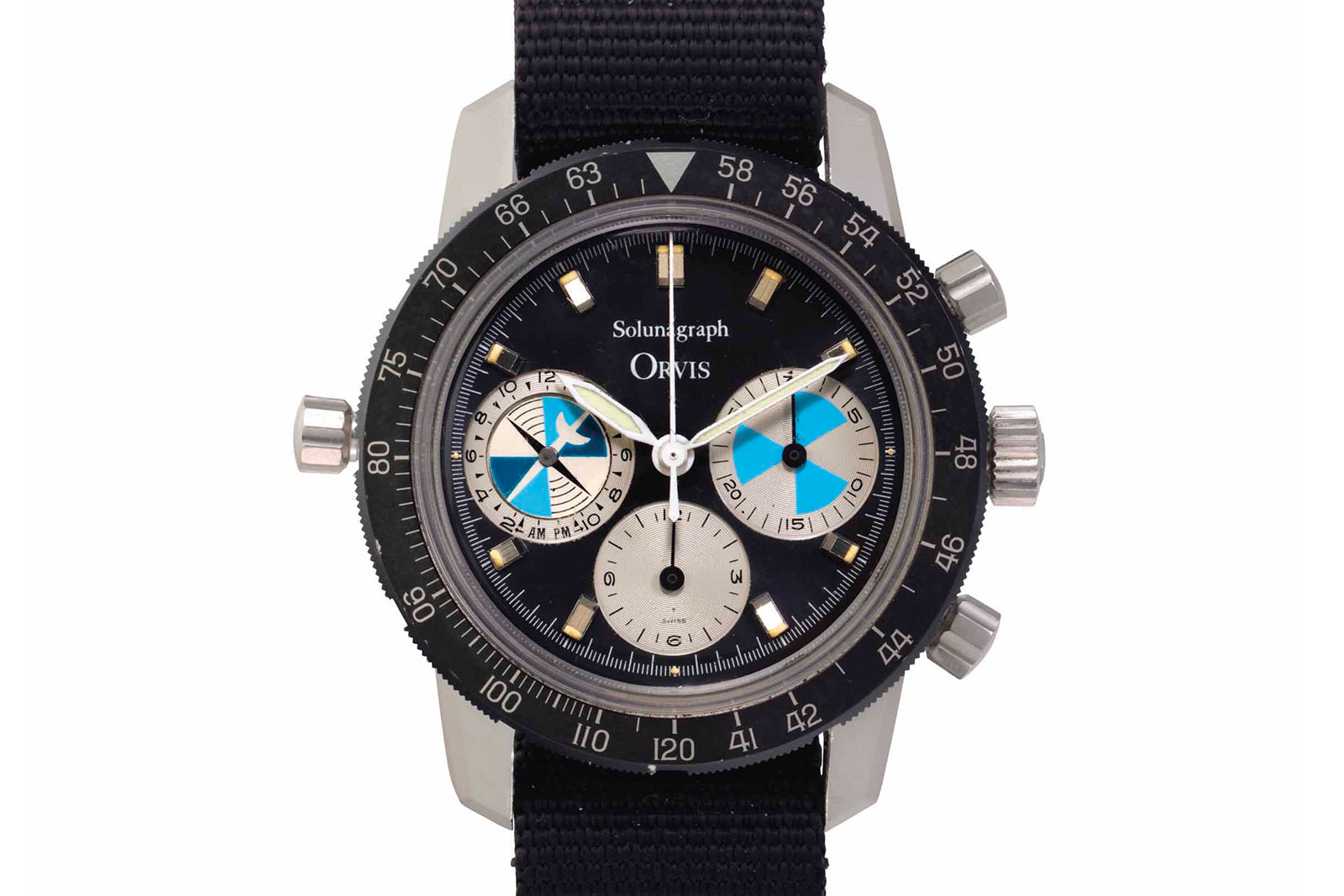
A Heuer Solunagraph ref. 2446 SF retailed by Orvis, c. 1974. Image – Christie’s
Almost every iconic brand and model of chronograph can be found with variant having a pulsations bezel, including the “pre-Moon” Omega Speedmaster Professional, Universal Geneve “Nina Rindt”, Heuer Carrera, Longines 13ZN, and the multi-million dollar Patek Philippe ref. 2499. Even the “4-digit” Rolex Daytona chronographs could be ordered with a pulsation bezel when they were sold new, and were, with the pulsometer bezel known to have at least five different iterations.
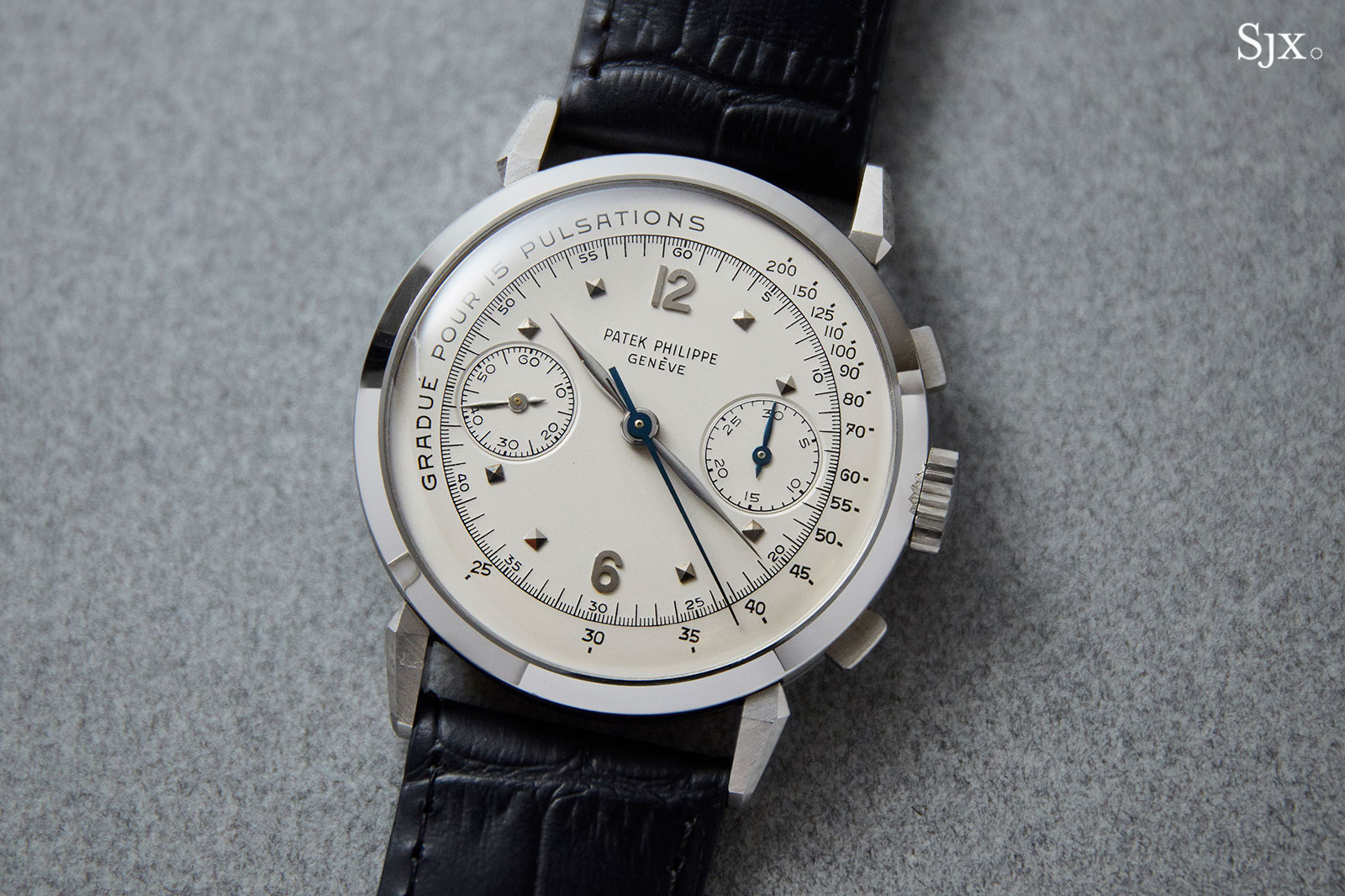
A vintage Patek Philippe ref. 1579 in steel with pulsations dial
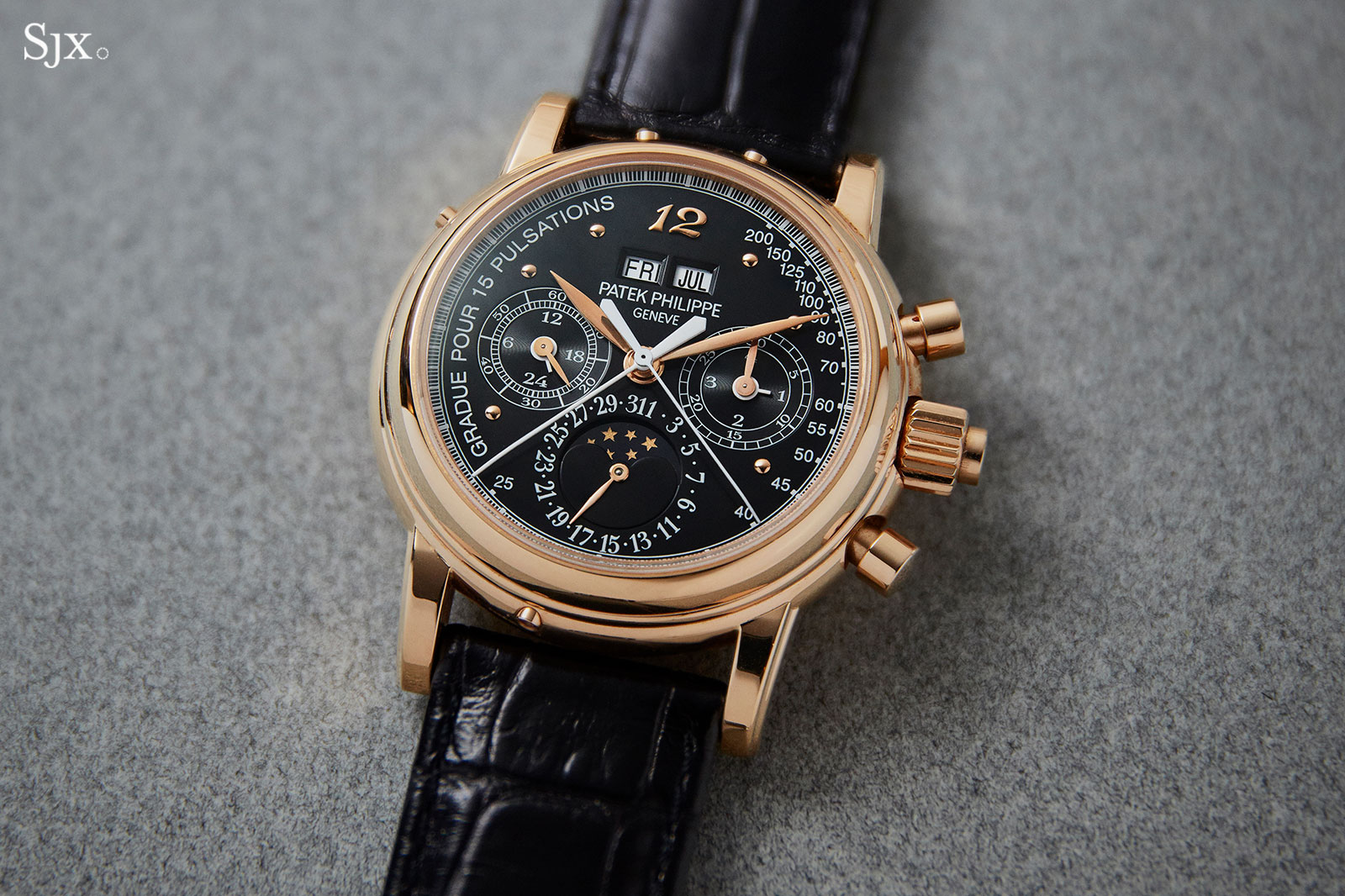
A modern-day, special-order Patek Philippe ref. 5004R with pulsations dial
But the pulsometer variants of these watches were uncommon and, in several cases, produced upon request. In the world of vintage watches, that means they sell for a substantial premium. Take for example, the Daytona with pulsations dial. A ref. 6239 sold for 1.085 million Swiss francs at Phillips’ Start-Stop-Reset auction in 2016, 20 times the price of a standard ref. 6239 at the time.
Though that degree of price premium is uncommon, the charm and relative rarity of pulsations chronographs usually ends in more than one paddle being raised. But while the market for vintage pulsation chronographs is strong – they are collectibles rather than instruments – is there a place for pulsometers moving forward?
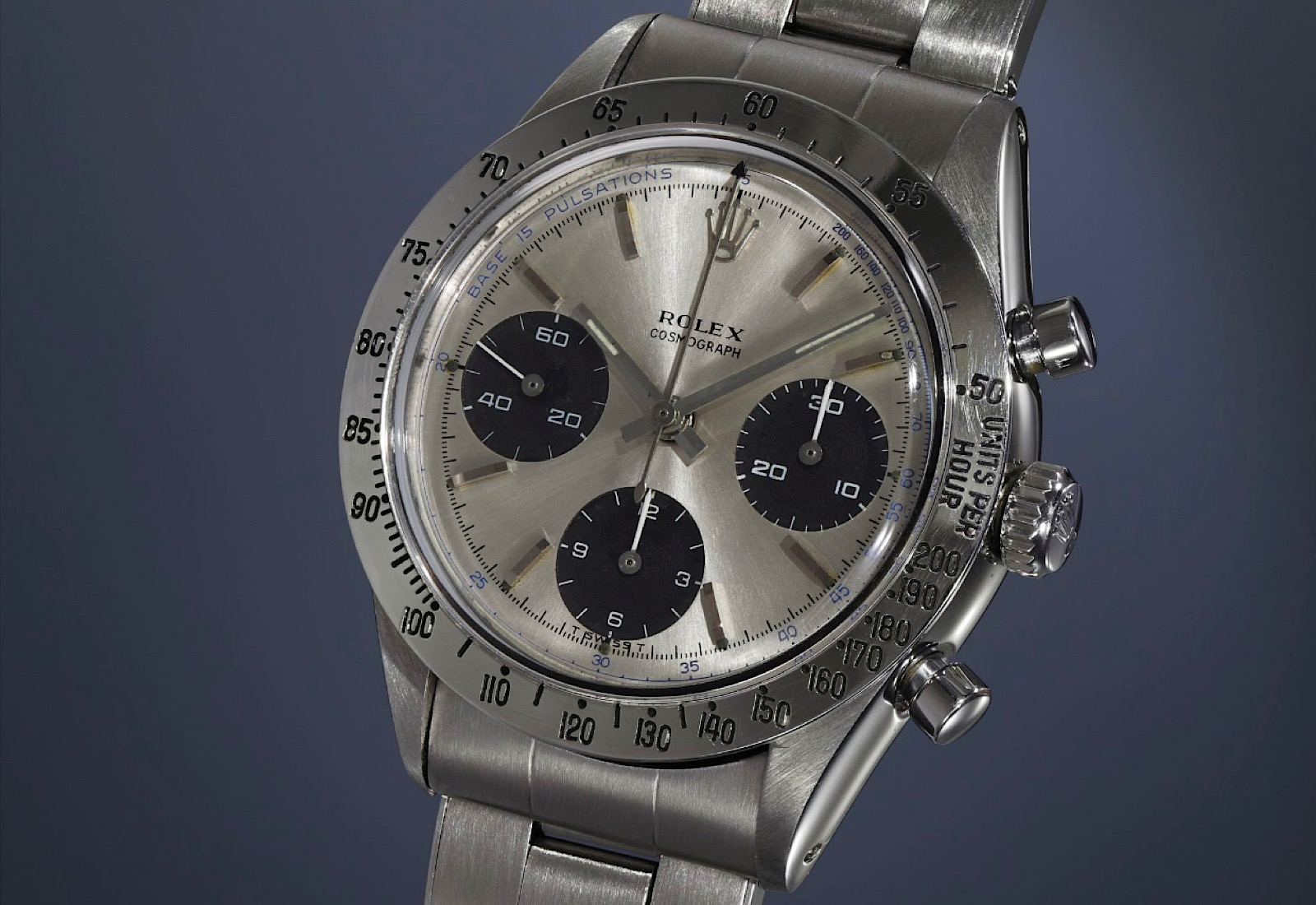
Rolex Cosmograph “The Doctor” ref. 6239, c. 1966. Image – Phillips
The future
Heart-rate monitoring is now intricately connected to the modern-day fitness tracker, which is in essence a combination of pedometry, location tracking, and pulsometry. While the invention of the pedometer is complicated, having been attributed to the great Leonardo da Vinci and no less than three Swiss watchmakers, it was only recently that watches merged its functions with the pulsometer and location tracking.
Back in 1982, the Polar Sports Tester PE2000 became the first wristwatch to display live biometric data, using a radio emitting chest strap to sense your heartbeat and beam that information over to the watch. Interesting, yes, but not very practical for everyday use.
Over the next two decades, however, seemingly protean social and technological advancements such as GPS tracking, health communities like MyFitnessPal, and touchscreens all contributed to the creation of devices that have moved heartrate tracking out of the doctor’s office and into our daily lives. The latest estimates by the Pew Research Center report that a staggering one-in-five adults in the United States wears a smartwatch or fitness tracker, a statistic that few other new product categories can dream of.
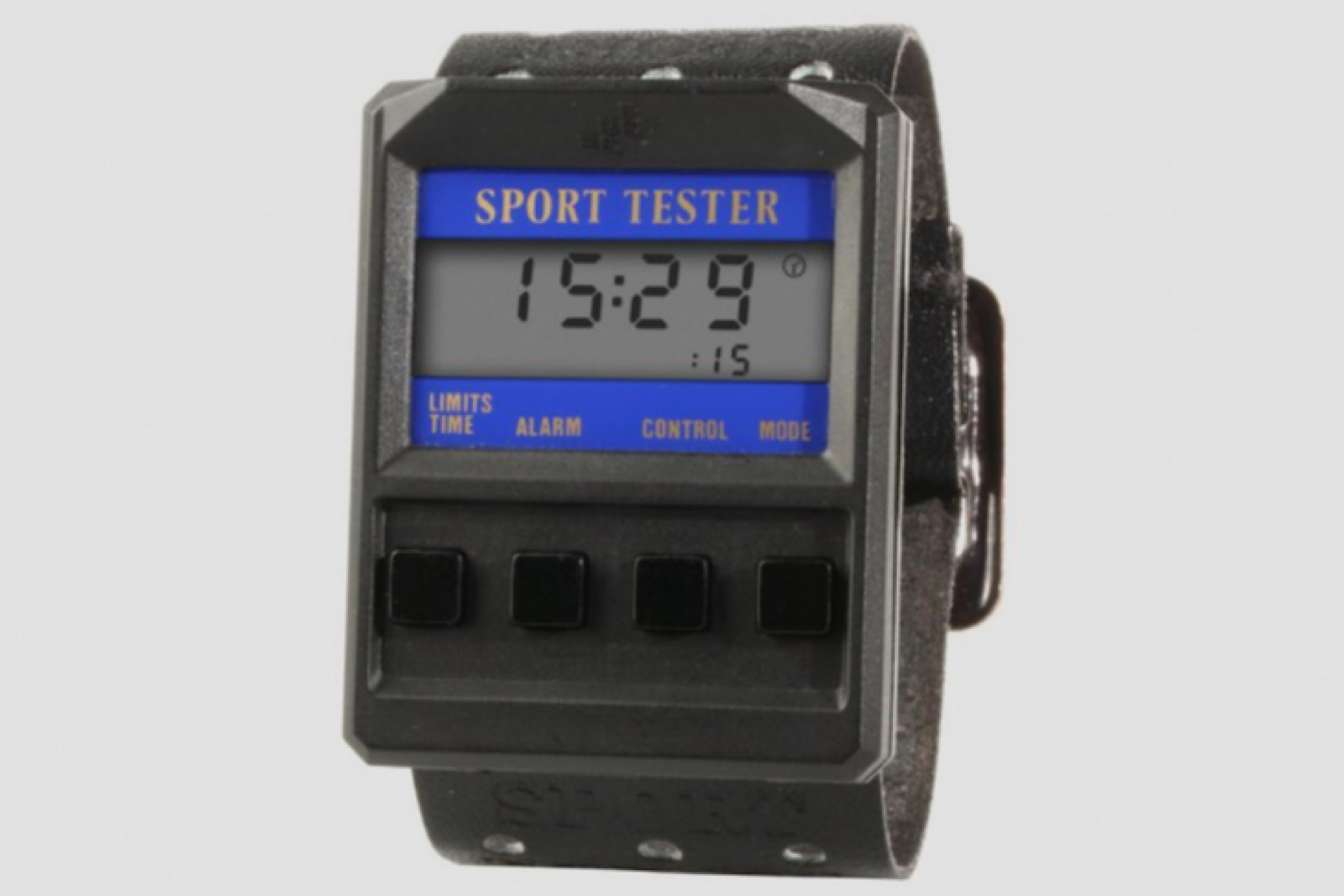
Polar Sports Tester PE2000
Several companies have even started to move past basic heart-rate monitoring and provide real-time electrocardiographic tracking that can be relayed to your cardiologist. As interesting as these devices are, the coming generation of wearable cardiac monitors promises to provide more and more nuanced information for physicians.
There are necklaces, rings, and even socks that can warn doctors of a patient’s worsening heart failure, fabrics that act as hospital-grade continuous electrocardiograms, and a number of ingestible, implantable, or otherwise attachable medical-grade devices that are being utilized to track cardiac function.
I will avoid the ongoing medical debate over what the right level of patient-generated data is, or if there is a right level at all, and just say that the future of pulsations-driven tech is bright, provided that all patients that need these devices are able to access them equitably.
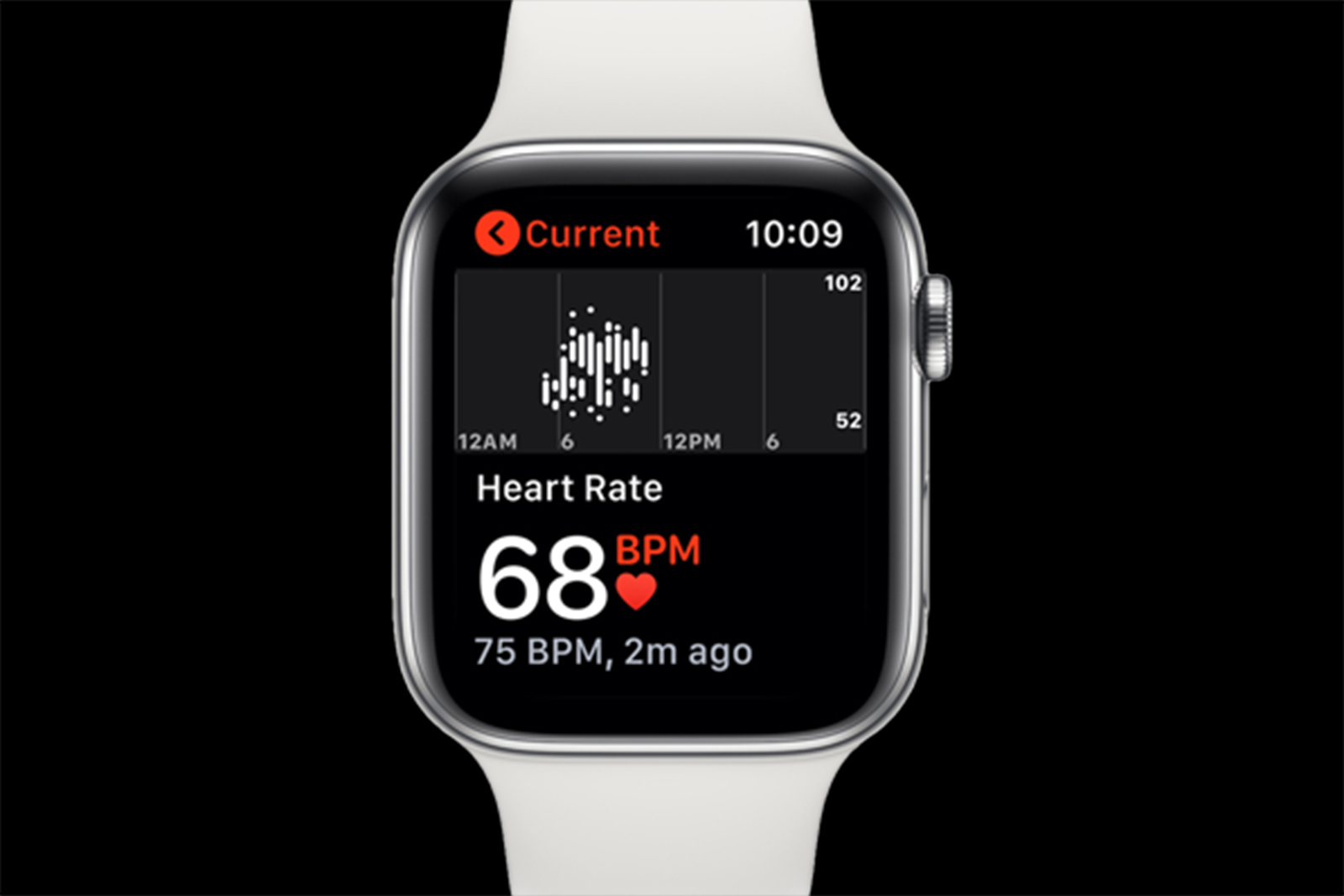
Apple Watch has a built-in heart rate monitor
Concluding thoughts
Researching the history of the pulsations chronograph has been one of the more enjoyable parts of my life over the last several months and one that’s become surprisingly personal as the coronavirus pandemic has taken hold. I actually finished this article in quarantine after having cared for several COVID-positive patients with cancer.
Each day working in the hospital, my resident physicians and I became increasingly aware of the importance of the masks, goggles, gowns, and gloves we wore to limit our chances of spreading this devastating infection to ourselves and our other patients. While we’ll never know for certain that this mask or that thermometer prevented the spread of an infection, we all recognized that our care was only as good as the tools we had available.
In researching the pulsations chronograph, I’ve come to look past its vertical clutch and côtes de genève and appreciate that these tools carried as much significance to the bygone physician as my modern-day equipment has just carried for me.
Stay inside, and stay safe, and keep collecting.
The author is a medical doctor by profession, and a scholar of vintage watches like the Rolex GMT-Master ref. 1675 and Explorer ref. 1016 in his spare time. You can follow him on Instagram at @t_swiss_t.
Back to top.

